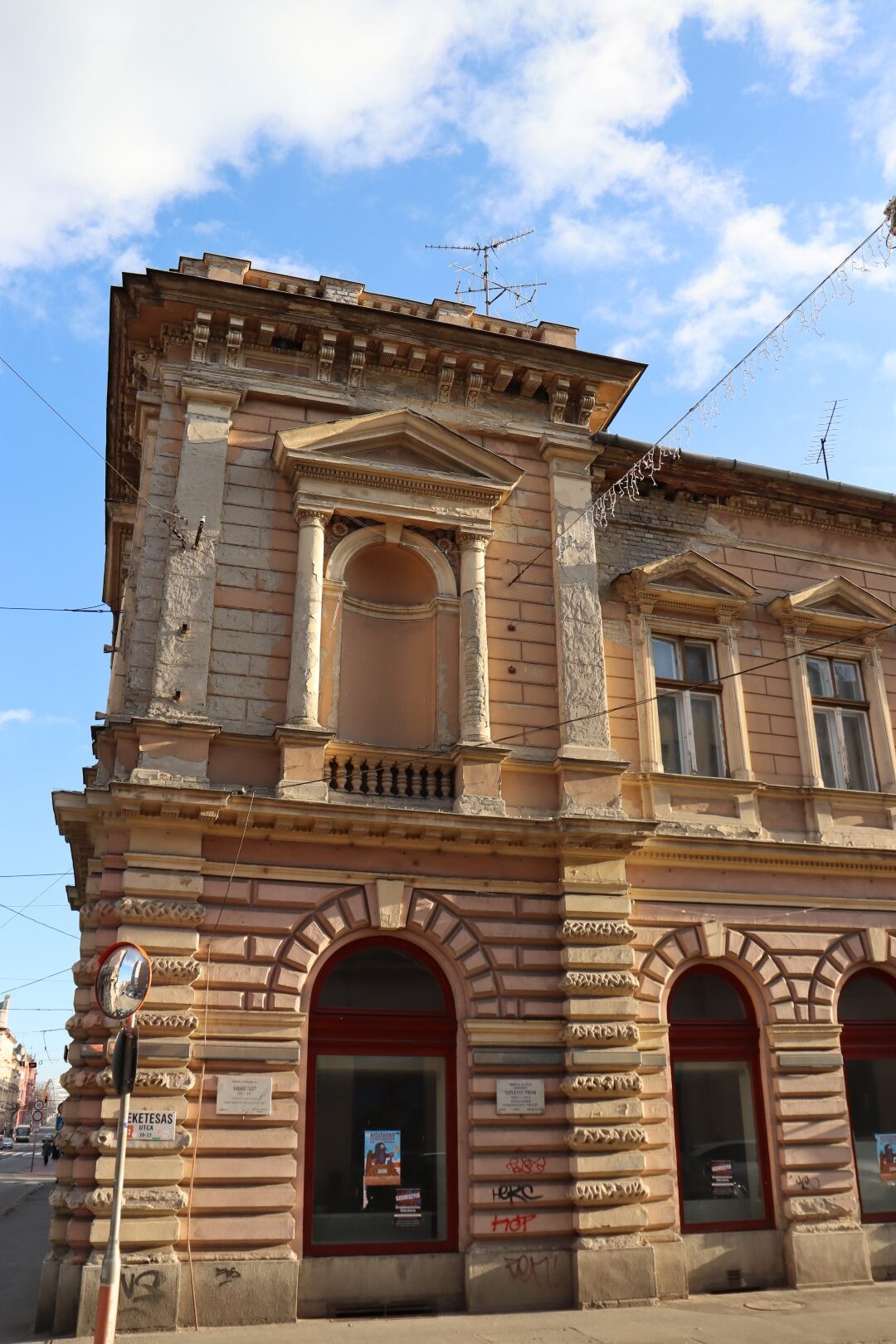JUDIT KÁRÁSZ
Contributions to culture and science
From 1932 she was a member of the Szeged Youth Art College, and she also photographed in the farmlands around Szeged. Between 1932 and 1935 she worked for the photo laboratory of the DEPHOT agency in Germany. From 1935 she worked for ten years as a handywoman on the farm of an artist friend on the island of Bornholm in Denmark. In 1949 she returned to Hungary, where she worked as a museum photographer.
She is mostly regarded by the profession as one of the pioneers of socio-photography, especially when we juxtapose her early shots of the intellectual workshop of the youth of Szeged and its surroundings, or his sensitive visual documents of the industrial landscapes and working life of pre-war Berlin. In fact, her photographs were both experimental and socio-photographic in their thinking and Bauhaus constructivist in their vision.
Short biography
She was born in Szeged to József Kárász (until 1908 Krausz), a treasury entrepreneur and wholesaler, and Mária Szivessy, in an Israelite family. Her paternal grandparents were Miksa Krausz, a landowner, and Júlia Schlesinger, her maternal grandparents were László Szivessy (1852-1906), a lawyer, and Júlia Prosznitz. In 1930 she graduated from the St. Elisabeth Girls’ High School. She then studied for a year at the École de la Photographie in Paris, before becoming a student at the Bauhaus in Dessau from 1931-32. From 1932 she was a member of the Szeged College of Young Artists. Between 1932 and 1935 she worked for the photo laboratory of the DEPHOT agency in Germany. From 1935 she worked for ten years as a handicraft worker on the farm of an artist friend on the island of Bornholm in Denmark. In 1949 she returned to Hungary, where she worked as a museum photographer. In 1977 she committed suicide in Budapest.
Interesting facts
The memorial plaque placed in 2012 at 20 Fekete Sas Street, at the Szivessy House, bears witness to the fact that Judit Kárasz lived and worked in this house. Regarded as a pioneer of socio-photography, her work was in fact equally experimental and socio-photographic in its thinking, as well as Bauhaus in its constructive vision.

